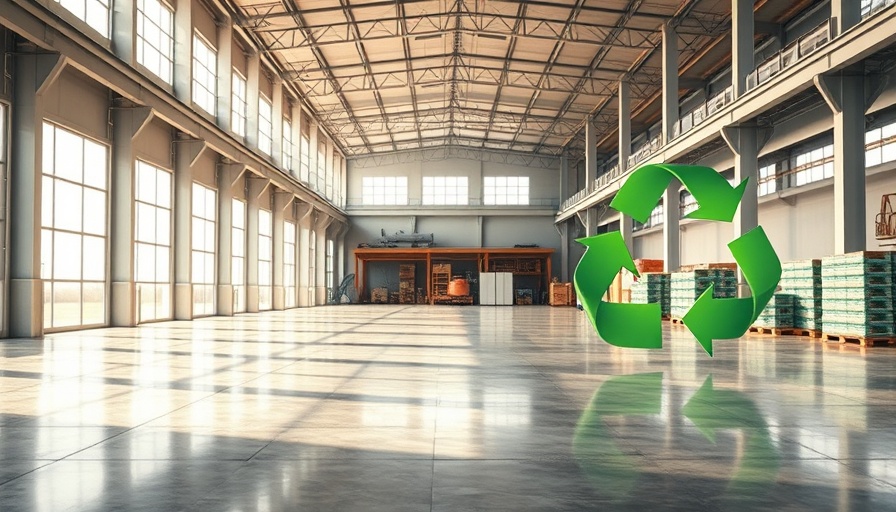
Understanding Toxicity in Flooring
Floors are one of the most frequently overlooked aspects of our homes, businesses, and public spaces. Yet, they can significantly impact our health and well-being. Many common flooring materials, such as vinyl, laminate, and some carpets, can emit volatile organic compounds (VOCs) and other harmful substances. These toxic emissions can lead to a range of health issues, including respiratory problems, headaches, and long-term diseases. Thus, recognizing and addressing flooring toxicity is crucial for maintaining a safe and healthy indoor environment.
Innovative Solutions for Safer Flooring
Fortunately, there are many effective strategies to help mitigate toxicity in flooring surfaces. One of the simplest and most impactful changes is choosing flooring materials that are certified as low or zero VOC. Products like bamboo, cork, linoleum, and certain types of hardwood can be beautiful and eco-friendly alternatives. Not only do they reduce indoor air pollution, but they also offer durability and aesthetic appeal.
Cleaning Practices that Reduce Toxicity
Regular maintenance plays an essential role in managing toxic buildup on floors. Utilizing non-toxic cleaning products can ensure that harmful chemicals do not linger in your living spaces. Home remedies like vinegar and baking soda can be surprisingly effective. Furthermore, incorporating regular deep cleaning or professional services can eliminate accumulated allergens and toxic residues, creating a fresher environment.
The Power of Ventilation
An often overlooked aspect of indoor air quality is ventilation. Ensuring adequate airflow, especially when new flooring is installed, can significantly lessen the impact of toxic gases emitted by flooring materials. Opening windows, using fans, or installing air purifiers with HEPA filters can improve air quality, providing a safer atmosphere for everyone in the space.
Embracing Non-Toxic Choices
As we become more aware of the importance of health and wellness, the demand for non-toxic flooring options is growing. Companies that prioritize sustainable and safe materials are gaining popularity among consumers who want to make responsible choices for their homes and workplaces. Opting for eco-friendly flooring not only benefits individual health but also contributes to a more sustainable future.
Future Trends in Flooring Materials
The flooring industry is evolving rapidly towards innovation and sustainability. Growing concerns about environmental safety and health are pushing manufacturers to create materials that are not only aesthetically pleasing but also non-toxic and sustainable. New technologies, such as bio-based plastics and recycled materials, are emerging as viable options, further reducing the impact of flooring on our planet and health.
Conclusion: Why It Matters
Being mindful of the flooring materials we choose and how we maintain them ultimately empowers us to create healthier environments. By selecting non-toxic materials, practicing safe cleaning methods, and ensuring proper ventilation, we can significantly reduce toxicity in our homes. These choices are not just about aesthetics; they are about fostering a safe space for our families, employees, and ourselves, contributing to our overall well-being.
 Add Row
Add Row  Add
Add 




 Add Row
Add Row  Add
Add 

Write A Comment